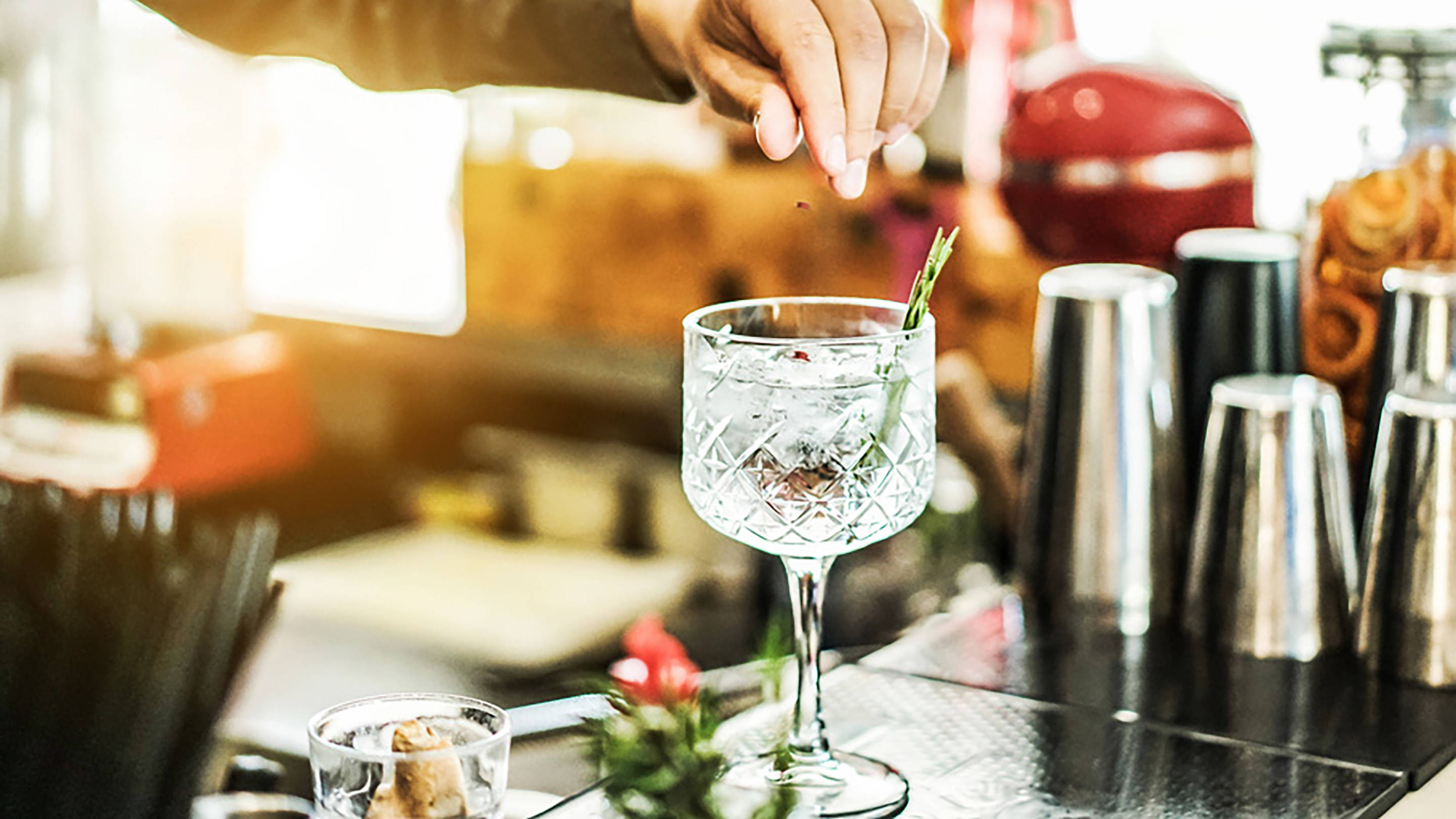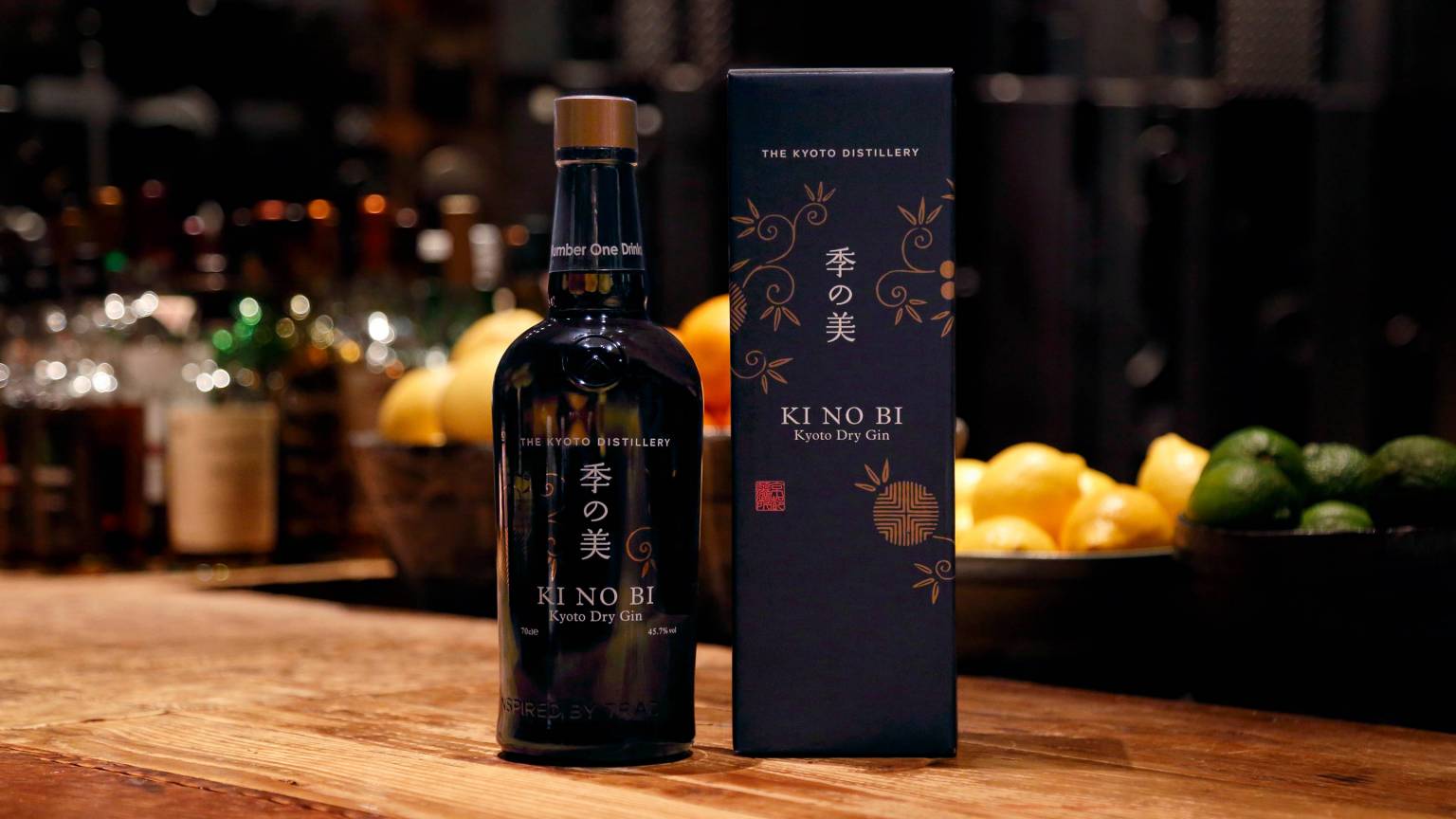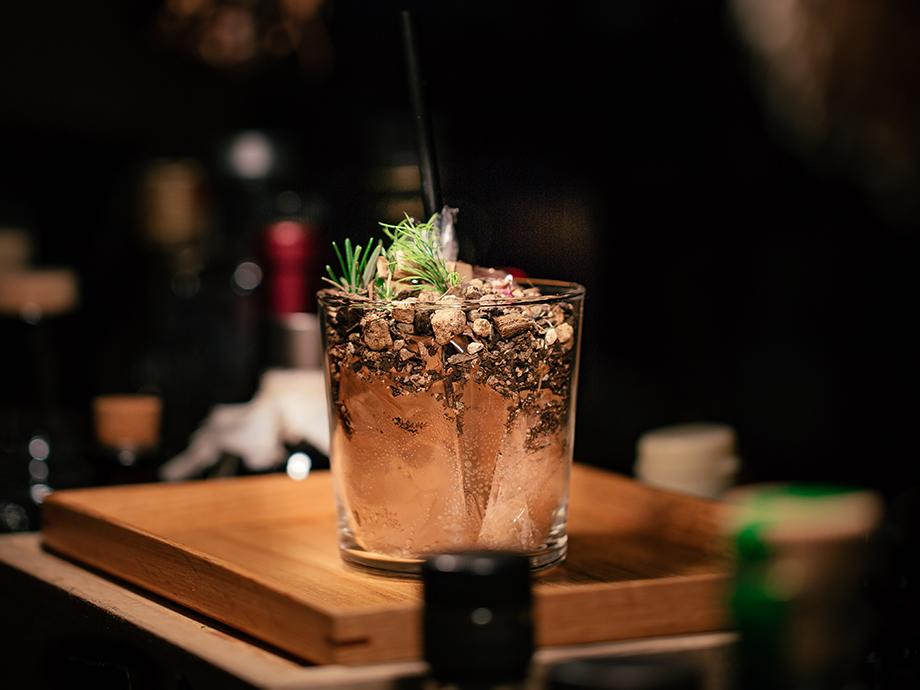
The Secret Ingredient in Kyoto Distillery's Gin? Fearlessness
Many wineries, breweries and distilleries are bound by place. Whiskey is impacted by the climate and environment in which it’s matured. Wine and beer makers often base their branding and ethos on surrounding spots, many even take the name of the area. Few, however, manage to fully capture the history and culture of a place and succeed in perfectly “blending” it into a drink. This becomes harder when the place in question is the ancient city of Kyoto, the hub of Japan’s traditions. This is the tale of the Kyoto distillery, whose flagship Ki No Bi gin is the very first craft gin to come out of Japan, and remains the best-selling premium gin domestically.
Walking into the Kyoto-based distillery I’m met by Alex Davies, one of the youngest and most successful master distillers in the industry. After working in some of the UK’s most well-known gin and vodka distilleries, Alex was approached by Number One Drinks, the owning company behind the distillery, and was offered to relocate and Japan’s artisanal gin movement. Davies and his wife have transitioned into Japanese life, now a well-known duo in Kyoto amazing food and drinks scene, and expat community.
Since 2016, the distillery has went from strength to strength, growing hugely popular in both the domestic Japanese market and overseas. Most recently, the distillery’s flagship Ki No Bi gin won a prestigious Trophy award in the contemporary gin category of the International Wine & Spirits Competition 2018. The Trophy is awarded among the gold medal winners, making it the highest award in each category. The awards keep pouring in for the distillery, as they top categories in the World Gin Awards, Icons of Gin, and other international competitions.
Standing in the distillery, I’m met with the usual, shiny metal and copper I’ve come to expect from new craft producers. Yet, as I’m shown around each corner by Davies and he speaks of the daily happenings at the distillery, I start to understand what makes the brand and team so special. The distillery is all about community, local produce and Japanese culture, and this comes through in everything the distillers do. Let’s start with the ingredients: The water used is sourced from Kyoto’s famed Fushimi area, and is the same type of water used to brew sake. Unfiltered and soft, the water is famous for its purity.

"When we first approached Hori-Shichimeien about using their tea in our gin they immediately said no, they’d never done anything like this before. 'Put our tea in gin?' the president was shocked!" Davies recalls. "Their harvest is highly limited each year. But after some persuasion we managed to get some tea samples and do some test runs. Finally, when the president came over and tasted the gins we’d made with their tea he loved it. We’d had a close working relationship ever since. It’s all about relationships."
Easy to see, its “local” distillery through and through. Even the beautiful labels are created in collaboration with Kira Kuracho, one of the oldest karakami ateliers in Kyoto, founded in 1624. The design used for the Ki No Bi label dates back to the Edo period. Showing the strength of the relationships being built, Toto-san, the current artist of Kira Kuracho, insisted in creating a new design specifically for the distillery’s new edition of Ki No Tea, making this the first new design by the atelier in 80 years. The others have been passed down through each generation.
Something to Sip On: Malaysia's Rising Cocktail Scene
Playboy navigates the up-and-coming mixology scene in George Town, Malaysia

Beyond tradition, further innovation is seen in the many casks around the distillery. Bringing together the vibrant categories of Japanese whiskey, rum and the newer Japanese gin category, Kyoto distillery works with some of the best-known small distillers in Japan on barrel-aged gin expressions. Tied to Number One Drinks, the company’s now empty, rare Karuizawa casks also feature in the portfolio.
When you’re walking through the streets of Kyoto, soaking in the culture, and night falls, drop into an cocktail bar in town and order their recommended Kyoto gin concoction. Nokishita 11 or L’EscaMoteur are just a few of the amazing places to experience the spirit of Kyoto at its thirst-quenching finest.






